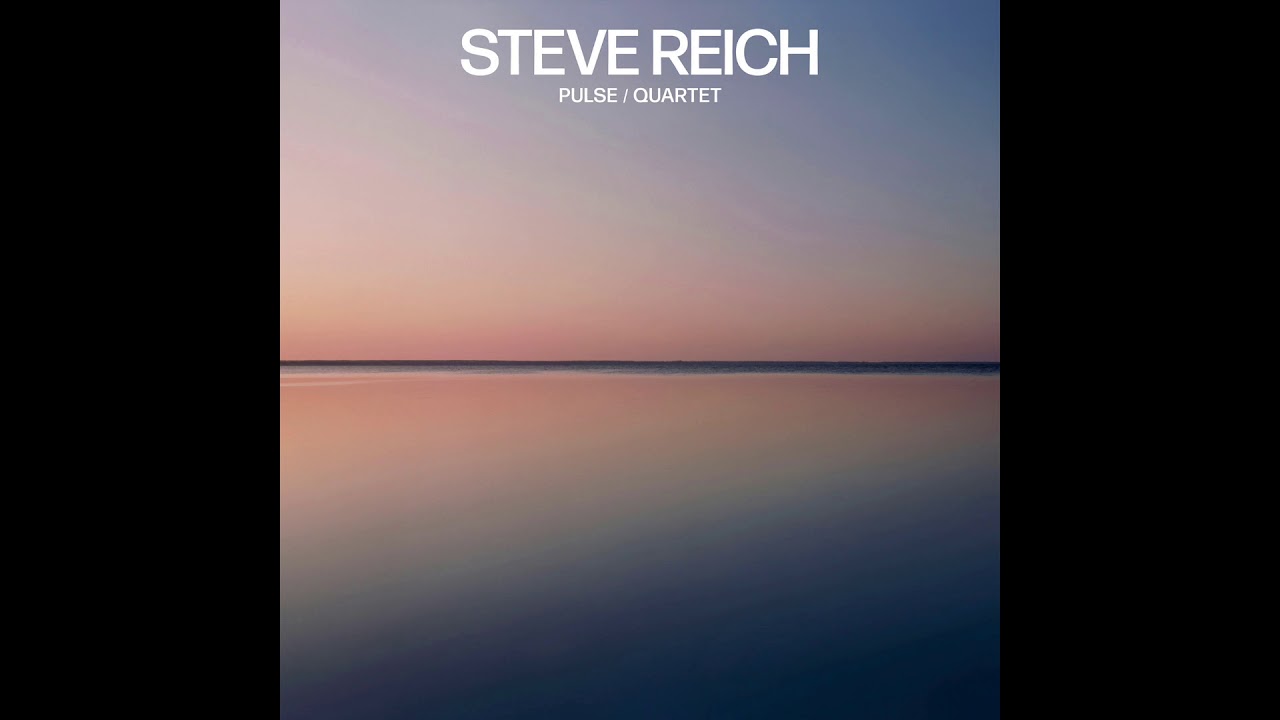Steve Reich turned 80 in 2016, and continues to be both prolific and high-profile, producing at least one major work a year. He was a pioneer of the minimalist movement in the 1960s and has since seen his work influence the very course of music and become equally cherished by the contemporary classical and the electronic music worlds. In an interview for The Quietus in 2012 Reich spoke of his enthusiasm for drawing on a miscellany of styles, even namechecking Pérotin, a 12th-century musician who was among the first named composers, along with Bartók, Radiohead and Sondheim.
‘Pulse’, the first piece on this new album for Nonesuch, is a confirmation of this reach and rootedness in Reich’s music. The ‘pulse’ is a gently repeating throb of piano and electric bass, while flowing, transparent arpeggios form above the pastoral timbres of strings and woodwind. The effect is clear-eyed, folk-like and deeply, deeply American in the tradition of Ives and Copland’s open fifths and wide blue skies. Reich himself describes the piece as coming from “a deeply contemplative place”.
The form is traditional too. Although composed in one movement, a hiatus at 2:50 leads from the sunny opening into a more pensive central section, which twines its melody lines in viscous dissonances, before returning to the simplicity of the opening to close.
The playing, by the International Contemporary Ensemble (which premiered ‘Pulse’ at Carnegie Hall in 2016), is stunning. The music’s soaring simplicity blooms with perfect tuning and a cool airiness of sound, uniform across each, vibrato-less instrument.
The opening movement of ‘Quartet’, on the other hand, is more classically Reichesque (after 55 years in the business, he’s earned an adjective). All three movements are scored for Reich’s favoured combination of instruments: two pianos and two vibraphones. The title refers to Reich’s constant returns to these forces throughout his career, making this – for him – as fundamental a chamber ensemble as the more usual string quartet.
Reich has said that the clarity of ‘Pulse’ is in part a response to the complexity of ‘Quartet’, acknowledging that ‘Quartet’’s second movement in particular “introduces harmonies not usually found in my music”. The unusually homophonic chords of this central movement are not always convincing in their mood of exploration, lacking direction both rhythmically and harmonically. The outer movements are more successful, with harmonic intricacy driven forward by Reich’s trademark rhythmic crispness, riffing satisfyingly on a declamatory opening statement. The performance by the Colin Currie Group, which specialises in Reich’s music, brings a wide colour palette. It is by turns robustly theatrical and limpidly delicate.
It’s a remarkable record, a reminder of that Reich, unlike many composers of his era, has not become archive material. He continues to speak to the cutting edge of music, to experiment with new compositional directions, to be vital.



